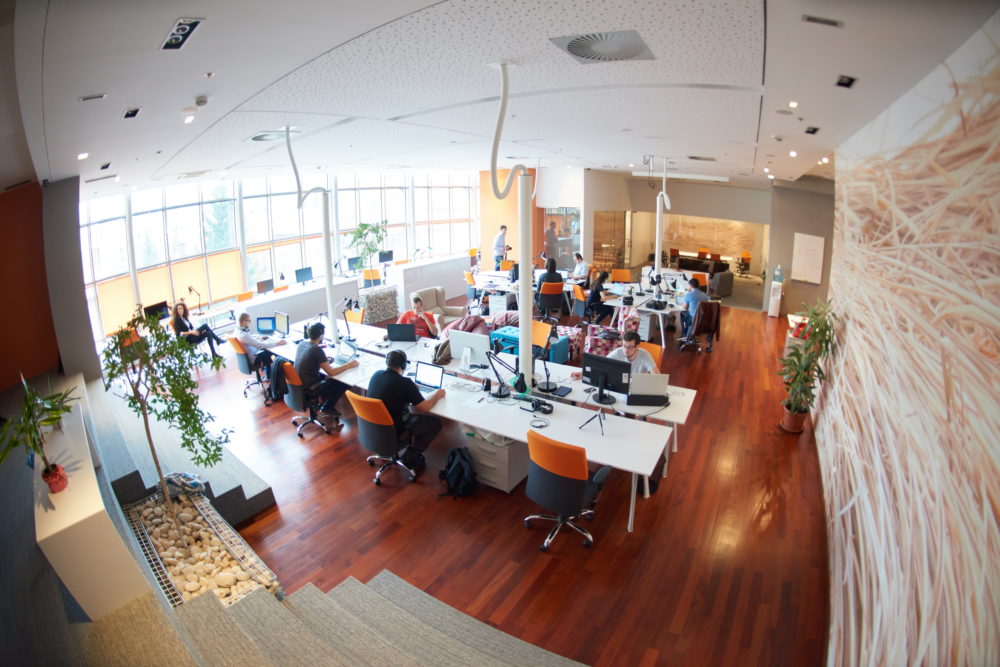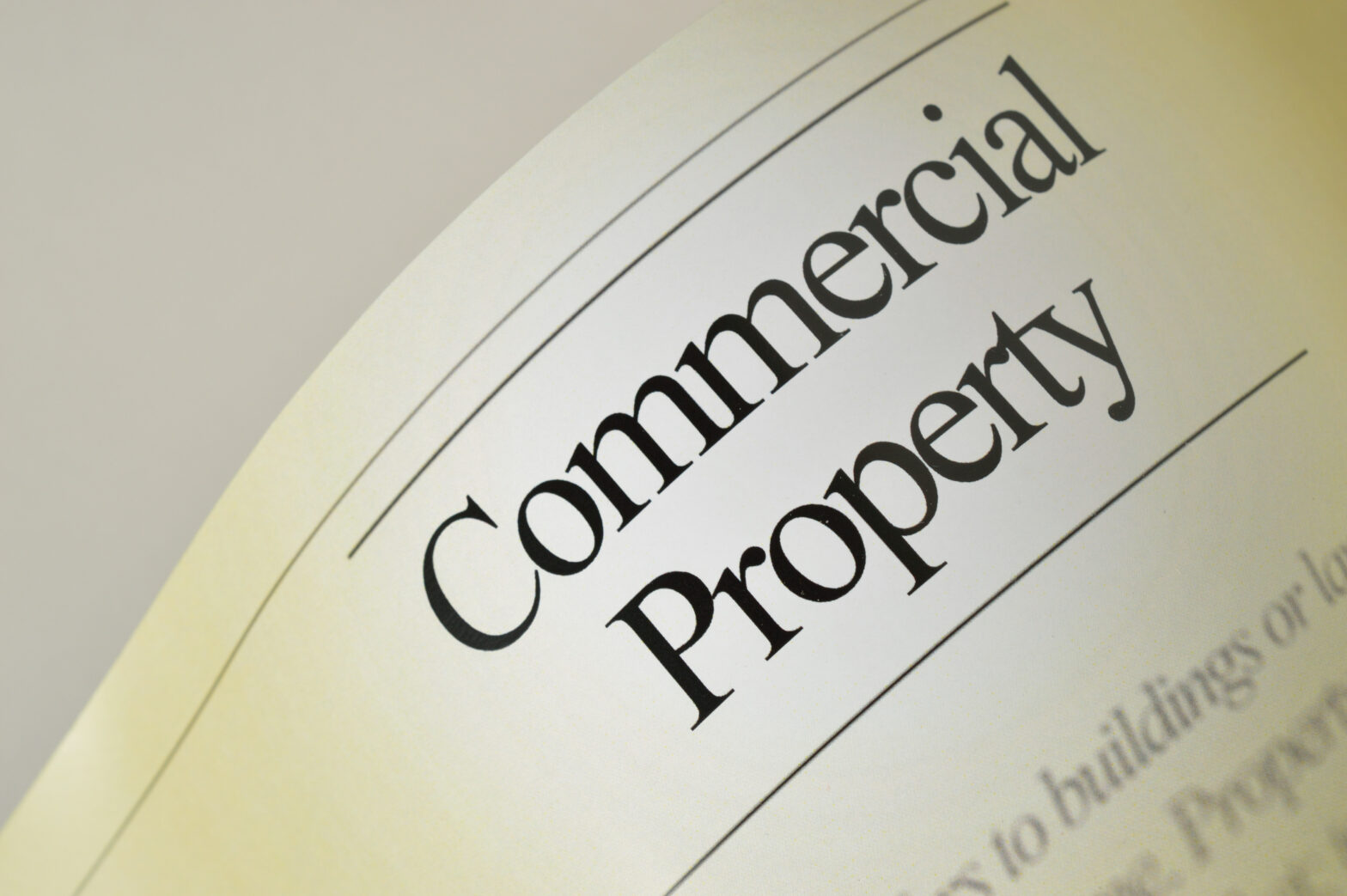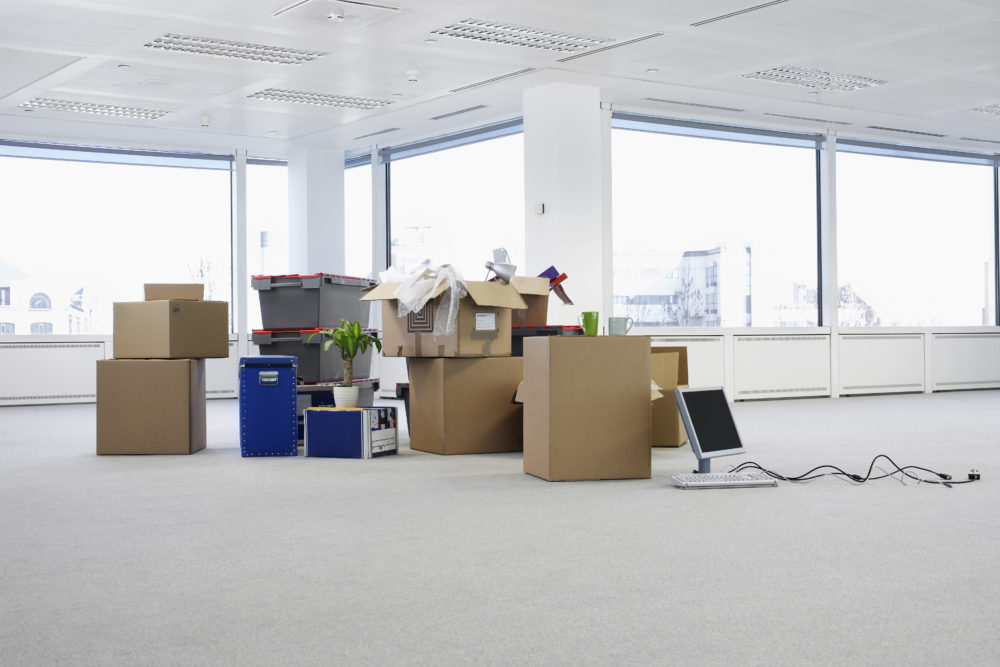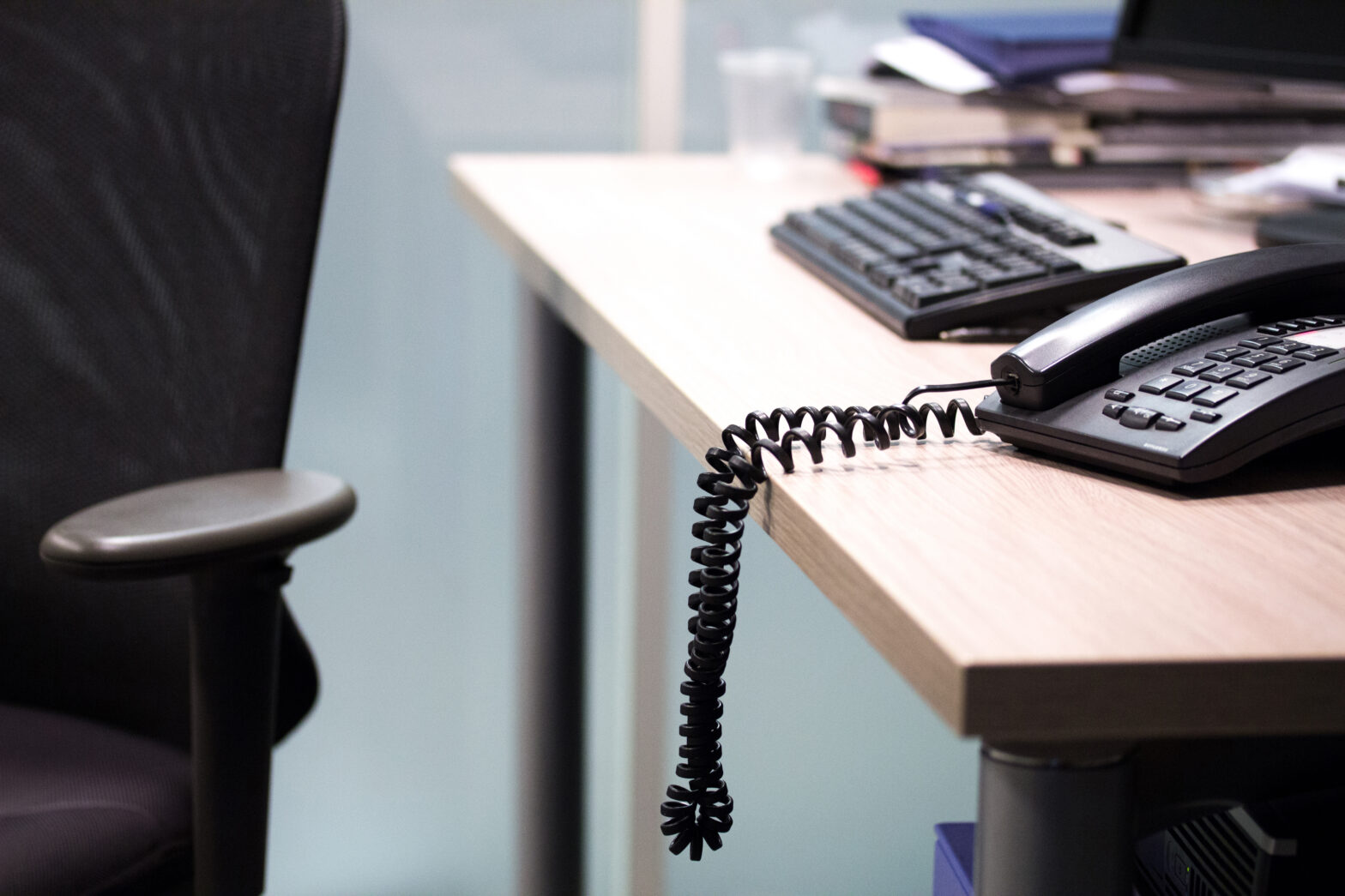When we think about great office spaces, we often think of Google, Facebook, AirBnB, Apple, and various other tech giants. Encompassing nap stations, private running tracks, slides, and aquariums, among other things, Silicon Valley seems to have a monopoly on ‘cool’ workspaces. You might even mistake them for playgrounds.
Of course, nothing could be further from the truth: Google didn’t become Google because of its sense of fun. These ‘wacky’ offices are the result of a very specific calculation that comfortable, engaging work environments are generally more conducive to efficiency and they help to attract and retain talent. Those nap pods? They’re for employees who work really long hours. You don’t build the most valuable companies in the world without a motivated, productive workforce.
And productivity is a major issue for the UK’s businesses: internationally, we trail behind Germany and the US. With a small business ecosystem as large and vibrant as ours, this is clearly a problem. Everyone wants to be the next Amazon or Uber, but that’s a difficult proposition when employee output isn’t where it needs to be.
And though the office environment isn’t the only way to address this problem, it can have a significant effect on workplace engagement, motivation, and ultimately, productivity. SMEs may not have the budget or the space available to a Google, an Amazon, or any other tech titan – but that doesn’t mean they can’t take a little inspiration from them.
A brand apart
Tech giants vary in their offering, their business models, and their corporate structures, but they all tend to have strong brands.
Big businesses emphasise culture because they know it’s a key part of team cohesion. Employees need to believe that they’re involved; that their efforts and their co-workers’ are part of a larger cause. A strong brand can help your business accomplish this.
Making sure the office space reflects your company’s personality should be a top priority – and particularly when 37 per cent of SMEs are losing out on talent due to the state of their workplace. An appealing, recognisable brand can help you promote the business to customers, and cultivate an environment where talent wants to join your organisation – and more importantly, stay there.
Focusing up
At smaller companies, it’s natural and expected for employees to take on a little company admin. An office manager might take on most of these tasks, but handling everything will be beyond their capacity. So junior salespeople end up handling the coffee run, account managers end up doing data entry, and CEOs end up organising repairs, sorting out utility bills and hassling providers over faulty internet connections. This isn’t the best use of anyone’s time, but in the absence of an internal admin or support team, it’s the only option available.
At big tech companies, these aren’t problems. If your SME struggles with internet downtime – and for 67 per cent of them, it’s their single largest productivity blocker – you can rest assured that Amazon doesn’t. It wants its employees to be relentlessly focused on activities that boost revenue and efficiency.
SMEs won’t always be able to afford backup connections or in-house repair staff, but they can ensure that their workspace is calibrated to let employees perform their principle job duties. If that means rolling the costs of maintenance or admin tasks into the lease, or outsourcing these processes to outsiders, these options should be explored.
When tech giants hire an employee for a specific purpose, they do everything they can to let them fulfil that purpose. Your SME should always do the same.
Breathing space
Another thing Silicon Valley gets right is the way they provision alternative workspaces for employees. At the AirBnB offices in San Francisco, staff can work in luxury tents instead of their usual desks. Google offers various themed spaces throughout their many international locations – rooftop gardens with employee allotments, meeting rooms with ejector seats instead of chairs, and countless other examples.
These aren’t conventional examples, of course, but they demonstrate a commitment to variety and colour that’s often lacking in conventional offices. Now, you don’t need ball pits, or company discos to improve your workspace, but if you can secure an extra meeting room or break out space, it could make all the difference. Open plan offices are great, but they can be hectic as well. If a member of staff needs space to feel out their thoughts, giving them extra rooms can make a world of difference: some 20% of SMEs believe that these additional spaces can boost productivity, and 15% say that an employee chillout zone could achieve the same effect.
Room to manoeuvre
None of the above is meant to imply that larger companies are perfect, or that everything they do is meant to be slavishly imitated. SMEs make up the majority of the business community, and many of them have the very best office spaces, the most innovative ideas, and highly collaborative and fruitful working environments.
This isn’t surprising: Google started as a small research project, and Amazon started in Jeff Bezos’ garage. The best SMEs actively incubate creativity – both in their overall business philosophy, and in their attitude to the office. Digital technology has made it possible to be more agile, more flexible, and more collaborative than ever, but the atmosphere of your workspace is a vital piece of the cultural puzzle.
To cultivate it properly, all you need to do is build your brand, give your employees the space they need to thrive, and allow them to focus on their primary responsibilities. It’s that simple.
Joff Sharpe is head of operations at British Land and responsible for flexible workspace brand, Storey.





